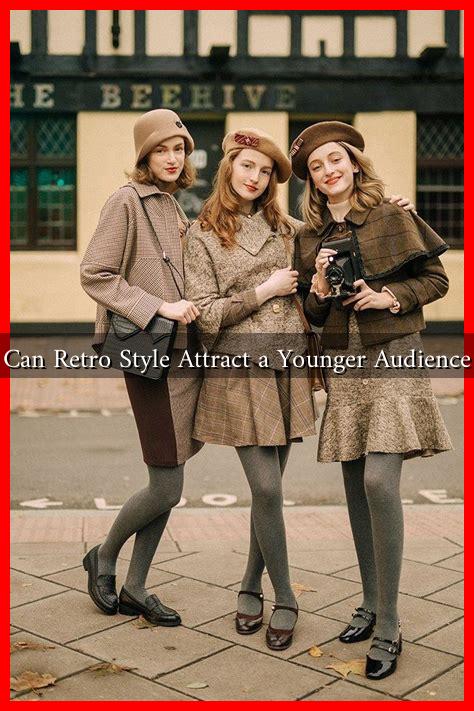-
Table of Contents
Can Retro Style Attract a Younger Audience?
In recent years, the resurgence of retro style has become a significant trend across various industries, from fashion to technology. But the question remains: can this nostalgic aesthetic genuinely attract a younger audience? This article explores the appeal of retro style, its impact on consumer behavior, and how brands can leverage this trend to engage younger demographics.
The Allure of Nostalgia
Nostalgia is a powerful emotion that can evoke feelings of comfort and familiarity. For younger audiences, who may not have experienced the original eras of retro styles, this nostalgia often manifests through cultural references, media, and social trends. Here are some reasons why retro style resonates with younger consumers:
- Connection to the Past: Retro styles often remind younger audiences of their childhood or the experiences of their parents, creating a sense of connection.
- Unique Identity: In a world dominated by fast fashion and mass production, retro styles offer a unique identity that allows individuals to stand out.
- Social Media Influence: Platforms like Instagram and TikTok have popularized retro aesthetics, making them more accessible and appealing to younger users.
Case Studies: Brands Embracing Retro Style
Several brands have successfully tapped into the retro trend to attract younger audiences. Here are a few notable examples:
1. Nike’s Retro Sneakers
Nike has consistently released retro versions of its classic sneakers, such as the Air Max and Air Jordan lines. These releases often sell out quickly, demonstrating the high demand among younger consumers. According to a report by Business of Business, retro sneaker sales have increased by over 30% in the past few years, highlighting the trend’s popularity.
2. Vinyl Records Resurgence
The revival of vinyl records is another example of how retro styles can attract younger audiences. According to the Recording Industry Association of America (RIAA), vinyl sales reached a 30-year high in 2020, with a significant portion of buyers being under 30. This trend showcases a desire for tangible music experiences in an increasingly digital world.
3. Retro Video Games
Companies like Nintendo have capitalized on the retro gaming trend by re-releasing classic consoles like the NES and SNES Mini. These products have not only attracted older gamers but also younger audiences curious about the origins of gaming. The nostalgia factor combined with the novelty of retro gaming has proven to be a winning strategy.
How Brands Can Leverage Retro Style
To effectively attract a younger audience through retro style, brands should consider the following strategies:
- Authenticity: Ensure that the retro elements are authentic and resonate with the target audience’s values and experiences.
- Collaboration: Partner with influencers or creators who embody the retro aesthetic to reach a wider audience.
- Limited Editions: Create limited edition products that emphasize exclusivity and urgency, appealing to younger consumers’ desire for unique items.
- Engagement: Utilize social media platforms to engage with younger audiences through retro-themed campaigns, challenges, or contests.
The Future of Retro Style
As trends continue to evolve, the retro style is likely to remain relevant. The blending of old and new can create innovative products that appeal to younger consumers while honoring the past. Brands that successfully navigate this landscape will not only attract a younger audience but also foster brand loyalty through shared cultural experiences.
Conclusion
In conclusion, retro style has the potential to attract a younger audience by tapping into nostalgia, offering unique identities, and leveraging social media influence. Brands like Nike, Nintendo, and the resurgence of vinyl records illustrate the effectiveness of this approach. By embracing authenticity, collaboration, and engagement, companies can successfully harness the power of retro style to connect with younger consumers. As we move forward, the fusion of retro and modern aesthetics will likely continue to shape consumer preferences and brand strategies.

